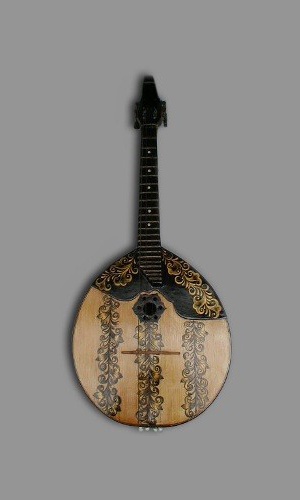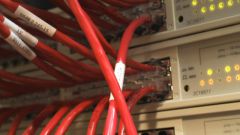You will need
- domra;
- is the tuning fork;
- - customized piano;
- - tuned guitar;
- phone.
Instruction
1
To configure domra you will need a sound source corresponding to the note La of the first octave. As a reference you can take a tuning fork with a frequency of 440 Hz. If the tuning fork, use any tuned instrument. It could be piano, guitar or clarinet. Beep sound in an ordinary telephone are similar in sound to the sound of a tuning fork. Its frequency is 400 Hz. The exact coincidence of the pitch and the standard is desirable but not mandatory. Much more important that the strings were tuned accurately, relative to each other. In this case you will receive quality sound.
2
The following features are characteristic for tuning a three-stringed domras. Open, not pressed to the fingerboard strings are configured kvantovymi intervals. Adjust the first string. The first open string domra-Piccolo sounds like La of the second octave. The domra-tenor sound of this strings two octaves below, that is, corresponds to the note La of the small octave. The first string domra-prima, clamped on the seventh fret sounds an octave higher, in comparison with the tuning fork. Domra-an Alto sounds one octave lower domra-prima, domra-bass an octave below domra-an Alto. The second string domra is clamped at the fifth fret and is adjusted in unison with the first string. The third string is clamped at the fifth fret, but is adjusted in unison with the second string. For example, the sound of the open string domra-prima correspond to the notes mi, La of the first octave and the second octave.
3
Open strings four-stringed domras are configured fifths. The exception is setting domra-bass. This domra is configured kartami. The domra-prima-tuned the first string matches the second string, sandwiched on the seventh fret, sounding in unison with the tuning fork. The second string four-stringed domras, except for domra-bass, clamped on the seventh fret and is adjusted in unison with the first string. The second open string sounds like the third string, sandwiched on the seventh fret. The first strings are configured in the following way. The domra-bass the first string sounds below the sound of a tuning fork octave. The sound of the first string domra Piccolo above the sound of a tuning fork with a frequency of 440 Hz one octave. The domra-viola, the first string sounds in unison with the tuning fork. The first string domra-tenor, clamped on the seventh fret matches the note of the first octave. Pressed on the seventh fret, first string domra-prima sounds the note La of the second octave. The sound of the open string tuned four-stringed domra-bass correspond to the notes g, d minor octave, La, mi great octave.


